Before-and-After Life | Vermont Master Renovator Joanne Palmisano
With the motto “something discarded is simply something not yet found,” designer Joanne Palmisano revitalizes interiors by blending new and old.
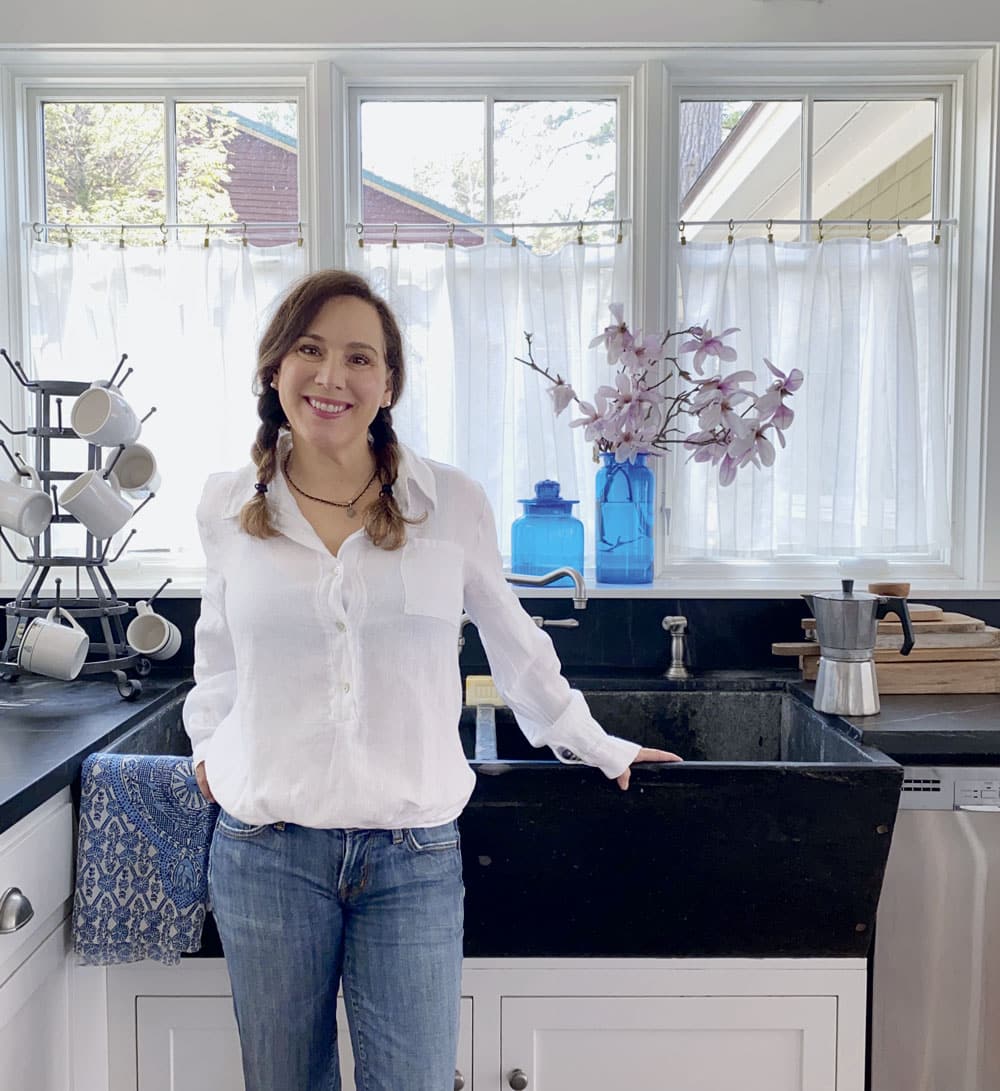
Coffee By Design | Portland, Maine
Photo Credit : Katherine KeenanTo understand how Joanne Palmisano, one of America’s best-known DIY interior designers, goes about her work, walk with her into an architectural salvage shop, or a flea market, or a Goodwill in her home state of Vermont. These are her hunting grounds.
“I can see right away how I can use something,” she says. “When I walk through a salvage place with people, I’ll say, ‘Pick out one item. What four things could you do with that?’ It is a wonderful way to train yourself to look at things differently. A ladder is not just a ladder—it can be a light fixture, a magazine rack, a towel holder. Just start one object at a time.”

Photo Credit : Courtesy of Joanne Palmisano
And you don’t have to have a purpose for it right away, she adds. Once she fell in love with a 400-pound butcher block no longer needed by a butcher shop. “It sat in my shed for two years. I am willing to wait for the right place, the right time.”
Palmisano tells me that the day before we talked, she found another unlikely future treasure. “I saw these amazing sawhorses. I immediately realized you could make a gorgeous table by laying glass on top.” Her voice takes on the lilt of the thrill of the find, even after years of using these scouting missions to find ways to transform houses, inns, B&Bs, rental properties, and even restaurants and brewpubs, no matter how tight or generous a budget she has to work with.
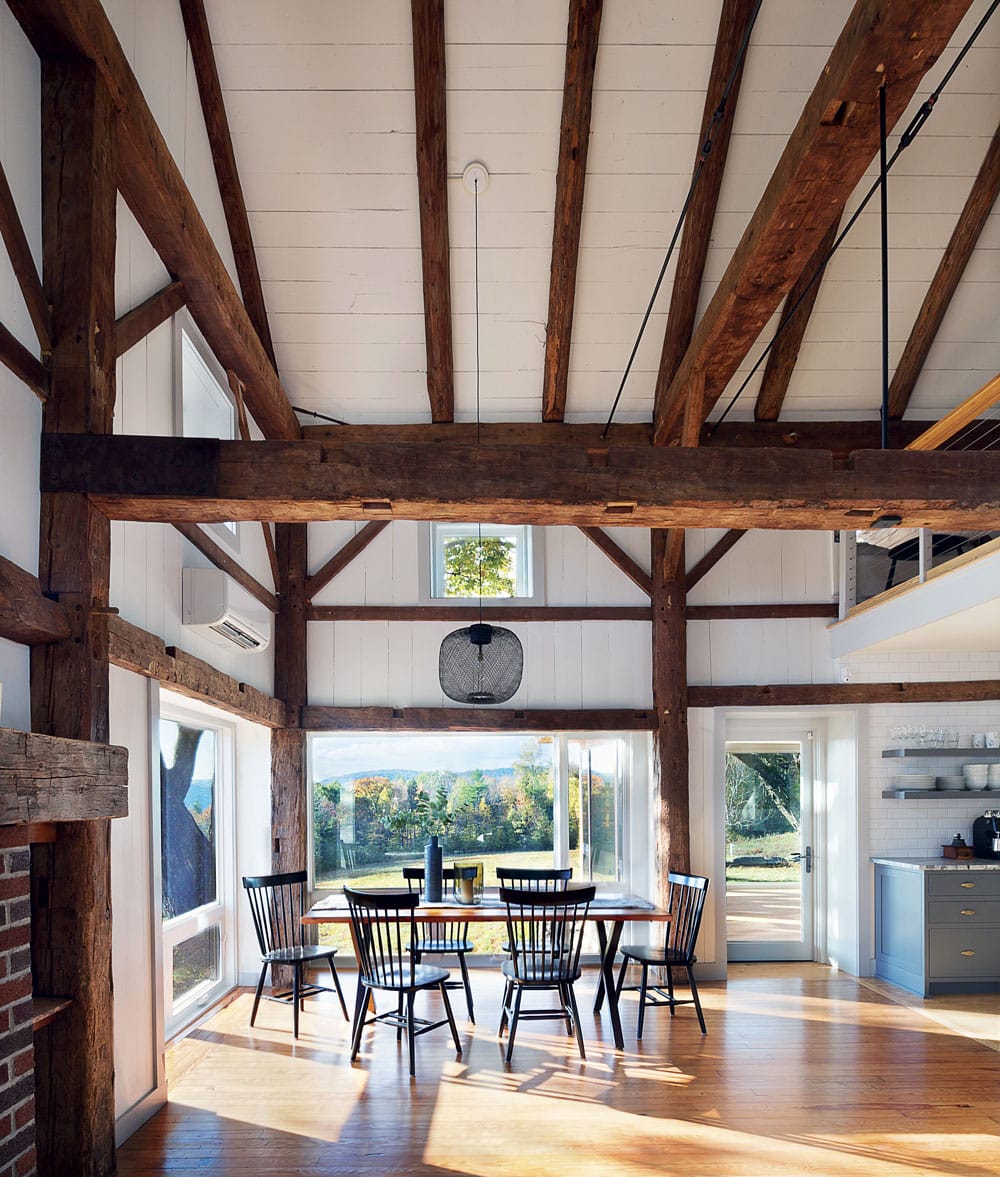
Photo Credit : Lindsay Selin Photography
Through her blog, DIY Network videos, and books—Salvage Secrets, Salvage Secrets Design & Décor, Styling with Salvage, and the recent Rock Your Rental (written with her twin sister, Rosanne, another designer)—Palmisano’s talent for transforming worn, shabby interiors into bright, welcoming, and downright stunning spaces has resonated with a growing audience eager to follow her dictums: “Something discarded is simply something not yet found” and “Less is more.”
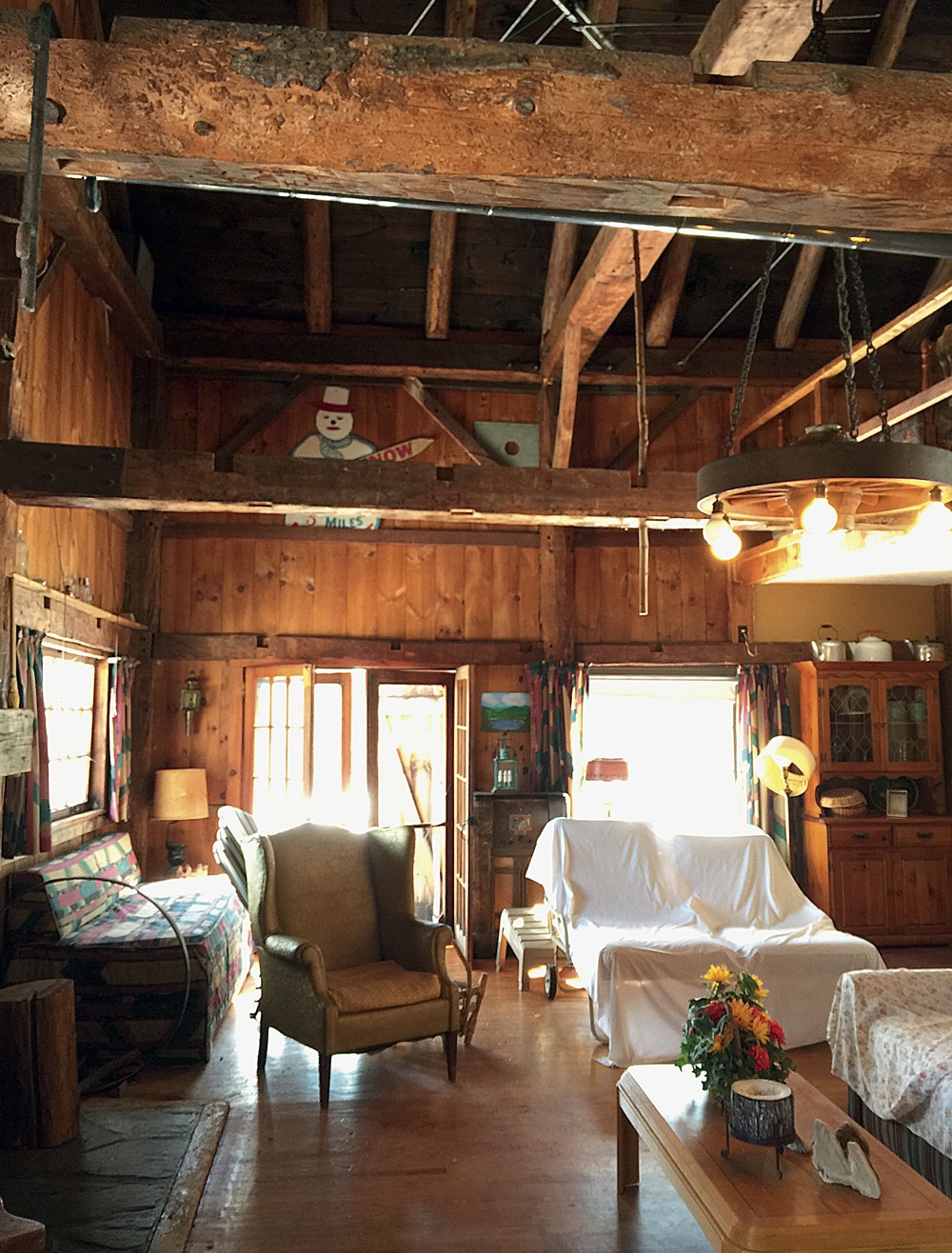
Photo Credit : Courtesy of Joanne Palmisano
Learning to see with the eye of a master DIY designer does not happen overnight, though. It has taken Palmisano a lifetime, one that started in Barre, Vermont, where her father owned a tomato-packing plant. “I was always looking for old stuff,” she says. “Behind our house were acres of fields and woods. We’d dig up old bottles. My parents had a storage closet we called the junk room. I was always in there making things. That’s just who I was.”
She left Vermont for college in Connecticut, worked for nonprofits, started a wedding resource business, worked for a Burlington builder as a designer. But her career began with her own home. “When I met my husband, he’d already started building a cabin on the back side of Camel’s Hump State Park with salvage and recycled materials. I thought, He is a keeper,” she says.
Together they shared a passion for fixing up places with what they could find. Twenty years ago they found a cottage, 700 square feet, on the shore of Lake Champlain. “It was one story, one bedroom, only room for a twin bed on the floor,” she recalls. They asked a local nonprofit to strip it bare—even the wood on the walls—and to recycle everything. Then they built the cottage back up from the subfloor, adding a second floor, using their love for old, long-neglected stuff and a hands-on willingness to get dirty.

Photo Credit : Orchard Cove Photography
“When we rebuilt,” Palmisano says, “we added a kitchen island top from an 1880s railroad building from St. Albans. Even our refrigerator is a huge commercial refrigerator that I found in a rebuild center. Old doors became kitchen cabinets. Our sink was once used in the 1800s to wash laundry.”
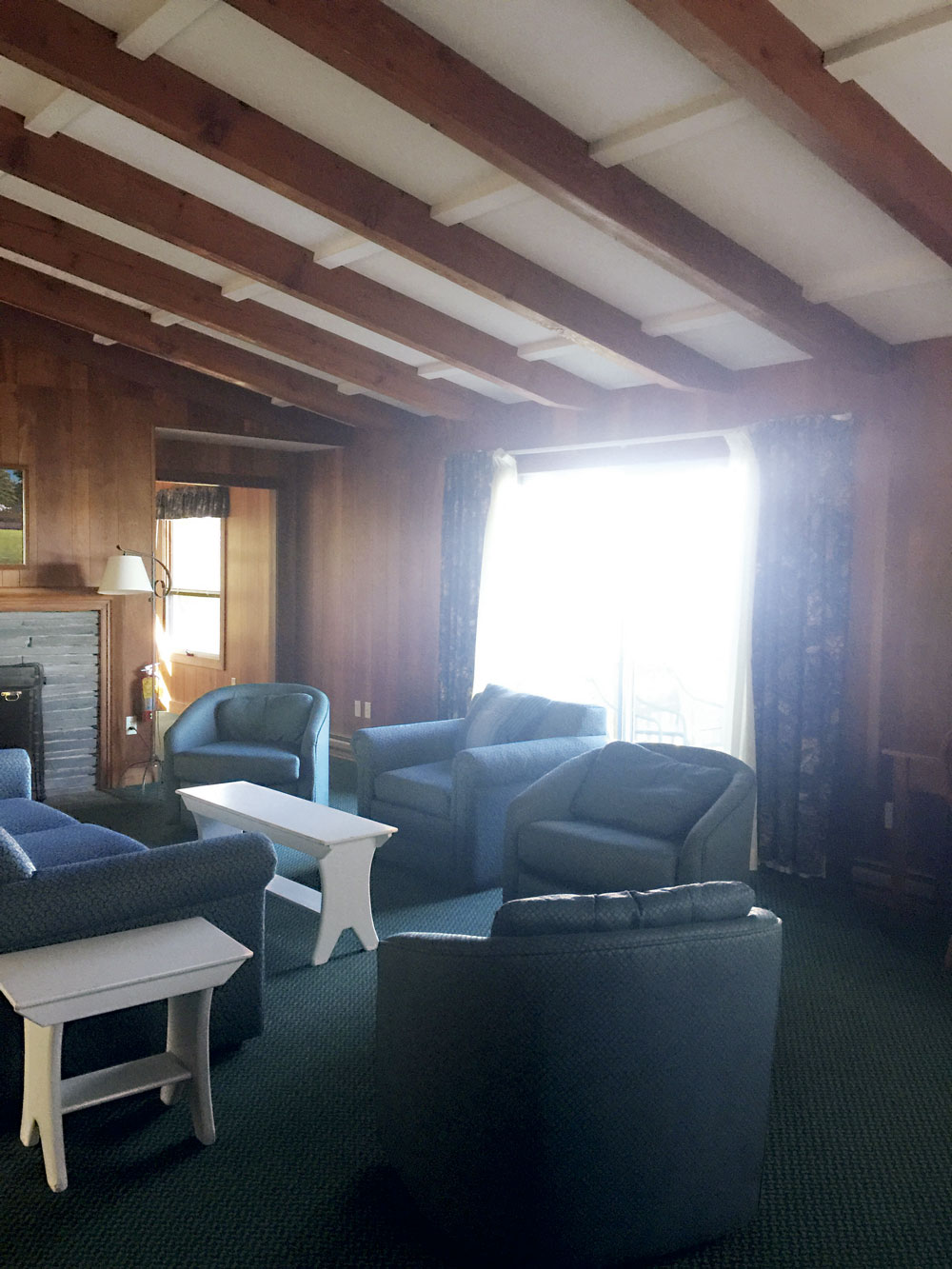
Photo Credit : Courtesy of Joanne Palmisano
When they finished, they had not only made a new home from much that had been tossed out by others, but also made it strikingly warm and lovely. A national magazine featured it, and the editor suggested that Palmisano write a book about what she loved and what she had learned over the years. That book, Salvage Secrets, got the attention of the DIY Network, and soon she was sharing with a nationwide audience what she calls her “addiction.”
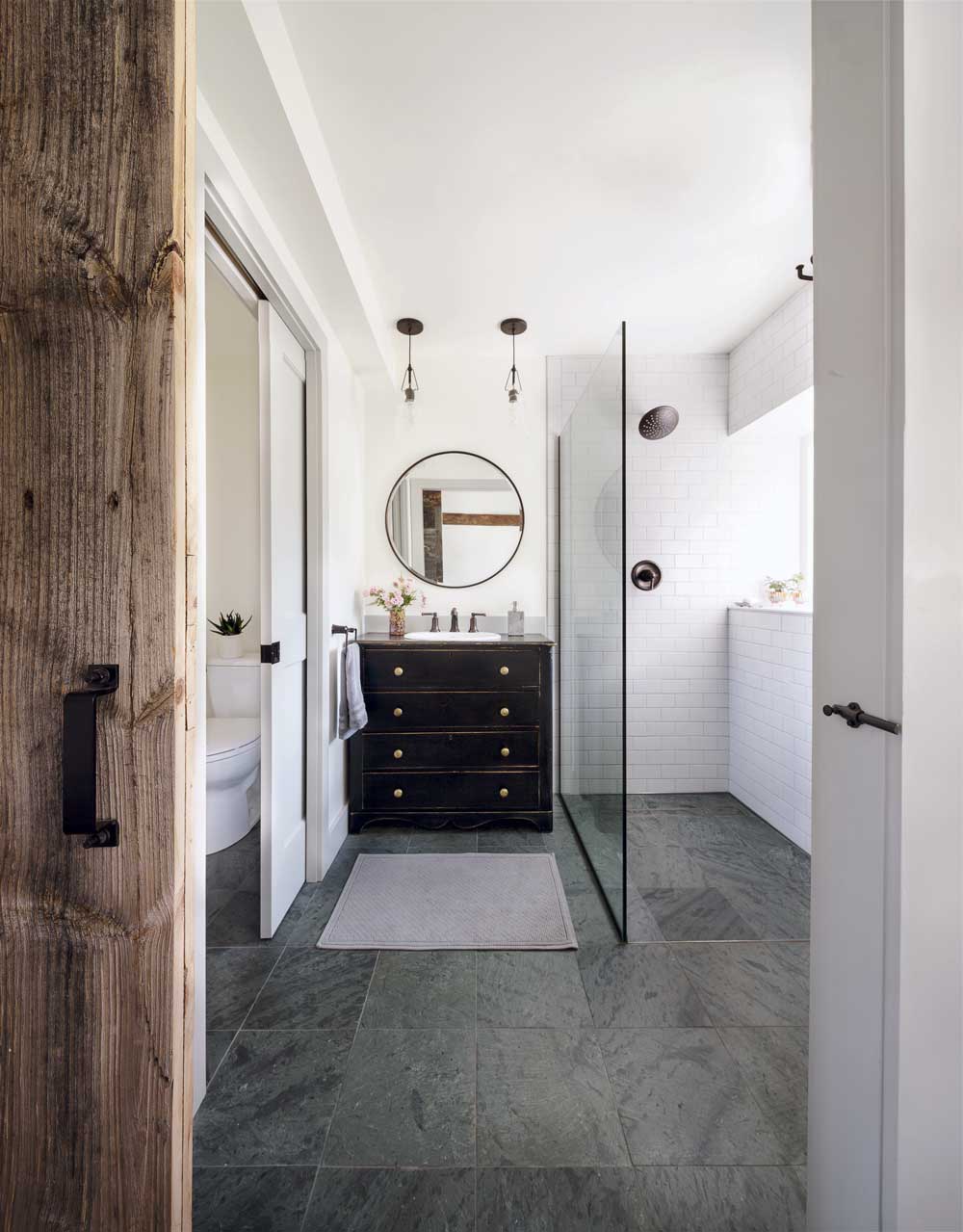
Photo Credit : Lindsay Selin Photography

Photo Credit : Courtesy of Joanne Palmisano
Today Palmisano keeps up an almost breathless schedule of meetings with prospective clients—homeowners, people who want to open an Airbnb rental, proprietors of inns and restaurants, anyone who wants to see one space be entirely reimagined so that when it is finished, “it looks both new and also that it has always been there, and it has gotten that way with local, reused pieces.”
In her hands, discarded lumber becomes a headboard that anchors a bedroom setting. Salvaged barn wood is remade into sliding doors; an old dresser becomes a bathroom vanity. Textiles and blankets and quilts become wall hangings that catch the eye. For one vacation rental on a Vermont lake, she bought a stock image of a birch forest and had it blown up at the local photo shop. Backed with adhesive paper and placed on a bedroom wall, it changed the feel of the room dramatically—and for just a few hundred dollars.
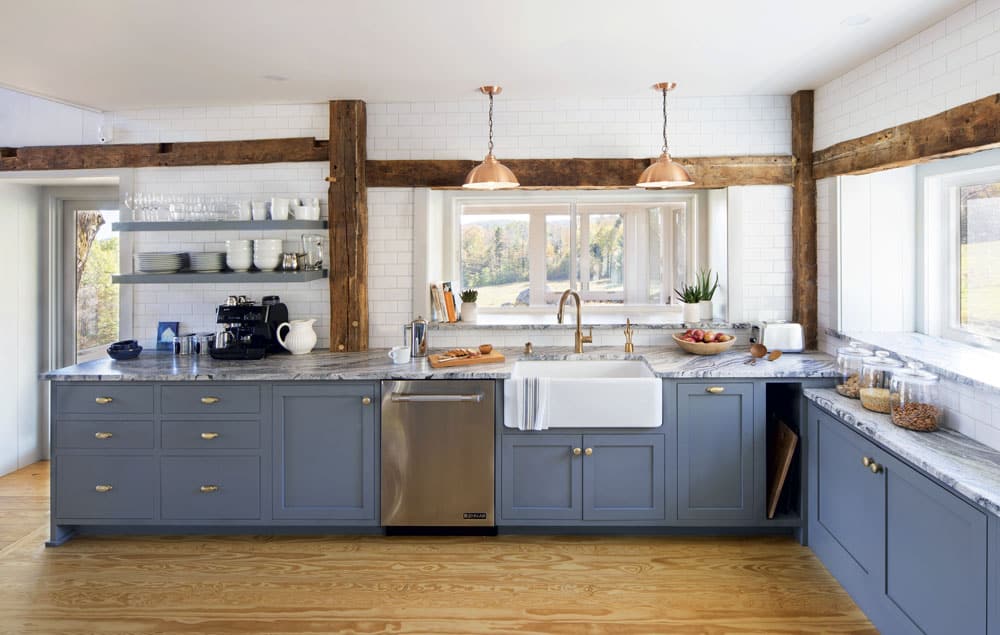
Photo Credit : Lindsay Selin Photography
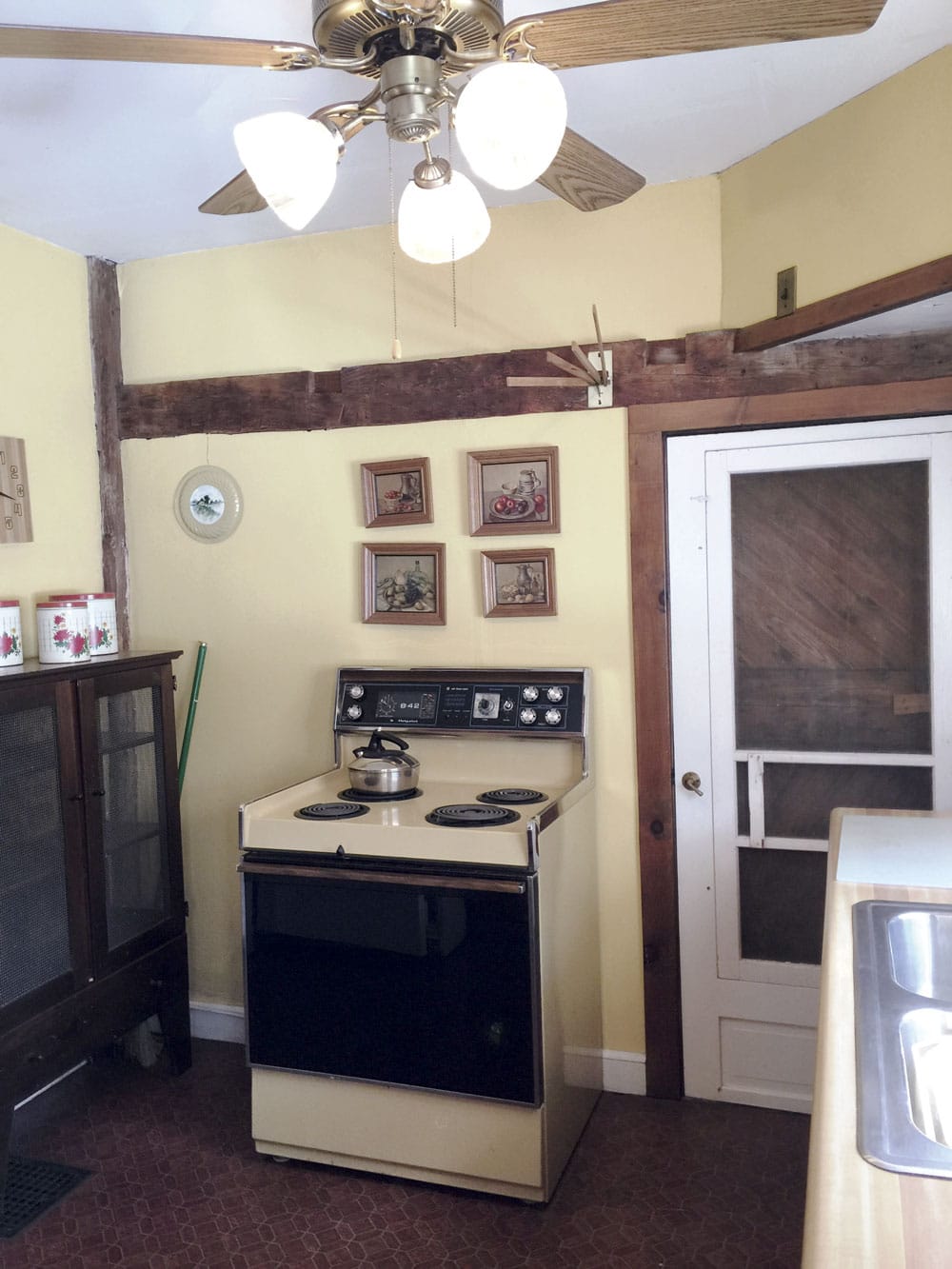
Photo Credit : Courtesy of Joanne Palmisano
But even as Palmisano’s reach and influence grow, she knows that what she does takes more than a practiced eye. The heart also plays a role. She tells me about how she can feel the spirit of a place, and how she is always aware of not destroying that.
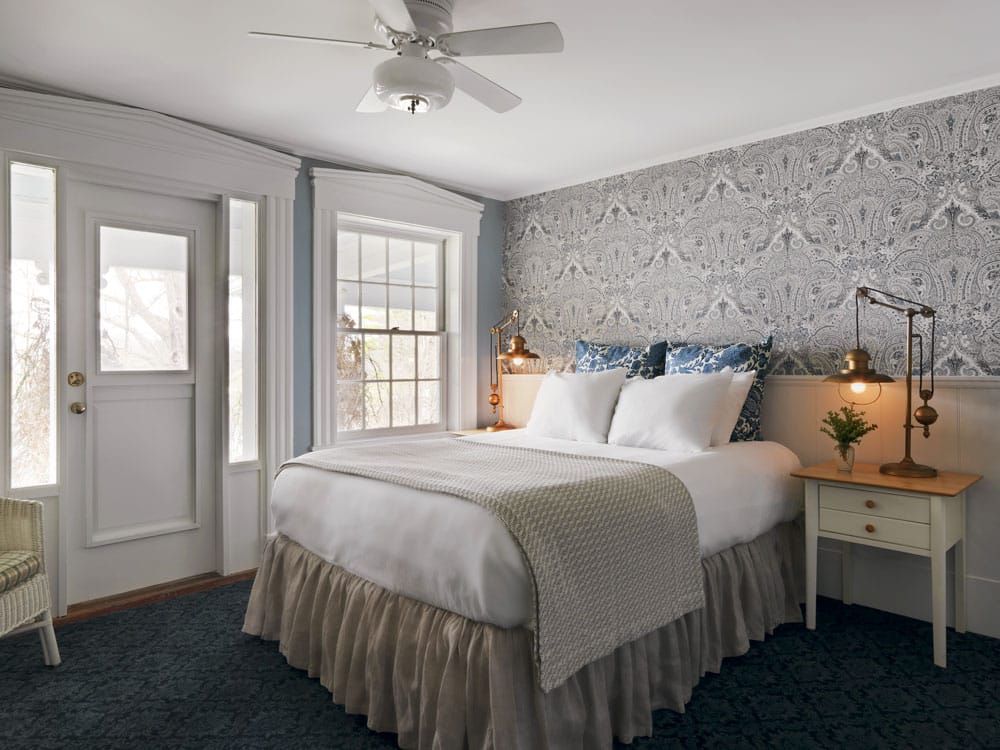
Photo Credit : Susan Teare Photography
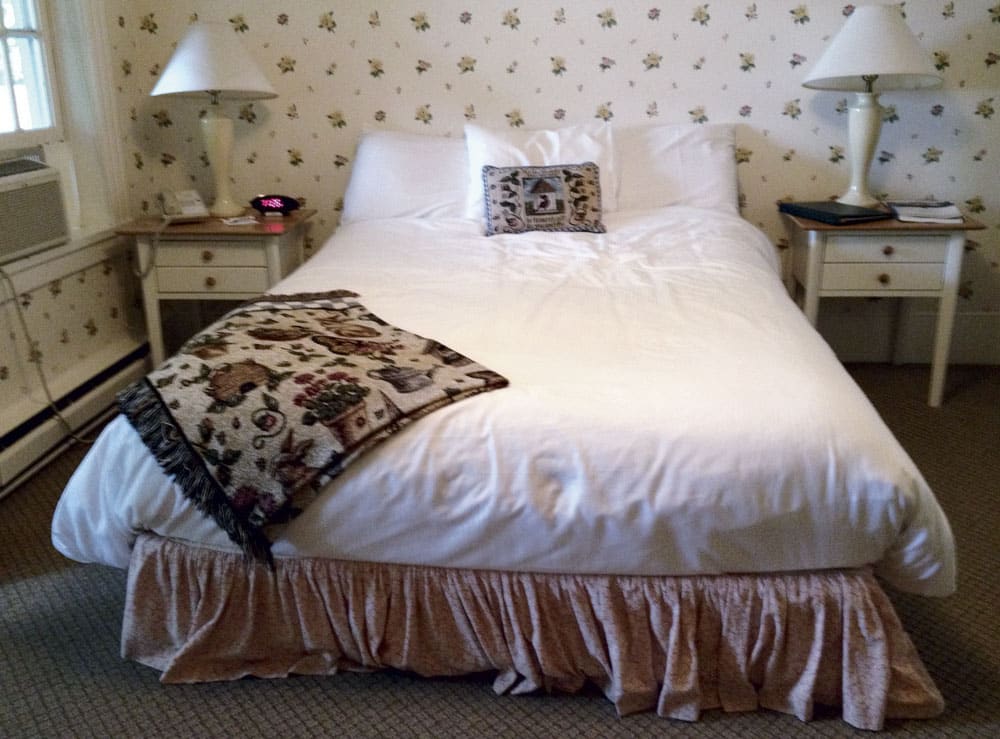
Photo Credit : Courtesy of Joanne Palmisano
“You must listen to the house,” Palmisano says. “Listen to its history. What were people thinking when it was designed? How much care went into it? You want to understand what it is.”




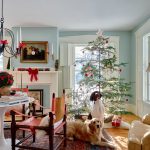
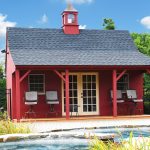
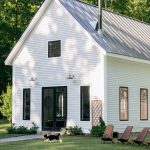
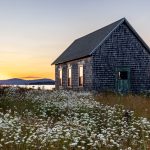
None
Absolutely stunning!
I love her work. Just gorgeous!
Just gorgeous. I love using old to make new. Great job. Will be looking for these books!